A Wish Tree is an individual tree, usually distinguished by species, position or appearance, which is used as an object of wishes and offerings. Such trees are identified as possessing a special religious or spiritual value. By tradition, believers make votive offerings in order to gain from that nature spirit, saint or goddess fulfillment of a wish. The High Force Waterfall has a coin only wish tree in the grounds of the waterfall.
In Hindu mythology, the banyan tree is also called kalpavriksha, meaning “wish- fulfilling tree”, as it represents eternal life because of its seemingly ever-expanding branches. The Wishing Tree or Kissing Tree was made at Christmas or Yuletide before pine trees were introduced by Prince Albert of Saxe-Coburg and Gotha in 1840. An evergreen bough was hung with apples, sweetmeats, and candles and decked with ribbons representing wishes. At the summit of the Fereneze Braes in Neilston, Renfrewshire, Scotland, there was an old hawthorn, well known locally as “The Kissing Tree”. The story goes that if a young man could drive a nail fully into the thorn tree with a single blow, then he would be entitled to “ae fond kiss” on the spot from his sweetheart. Success in the task was considered proof of his suitability as a good suitor for the young lady. The original tree fell in around 1860, but in 1910, a replacement was said to exist. Driving a nail into the tree may link the custom with that of driving coins into trees as noted above. In parts of Yorkshire, a tree with two spreading branches which also formed a bower over the point of branching, was known as a Wish Tree by children who would climb onto the junction and make a wish.
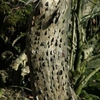
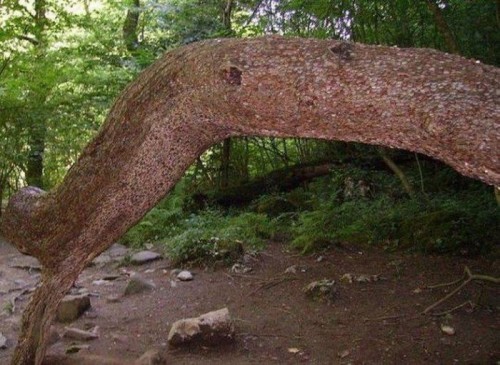
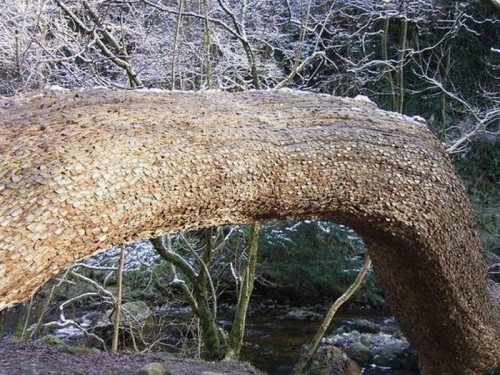
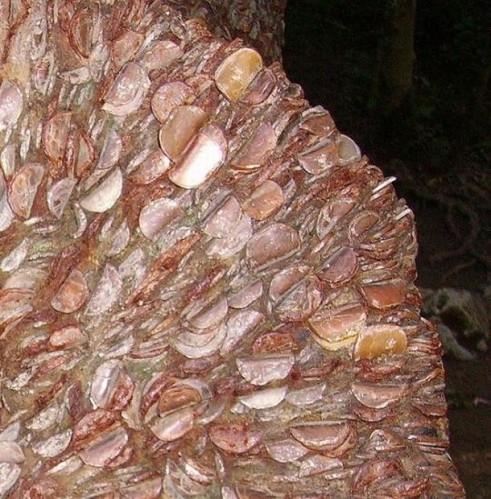
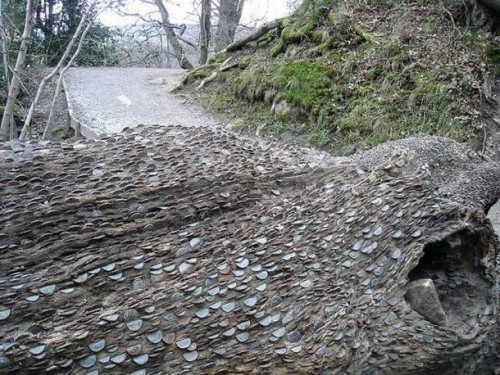
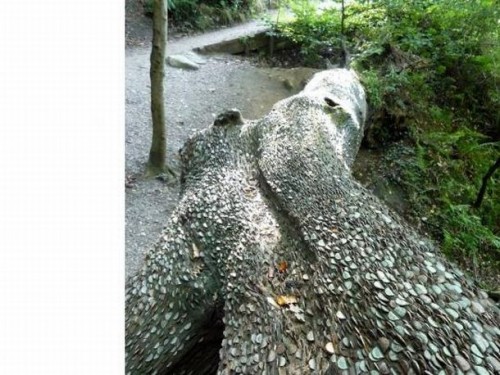
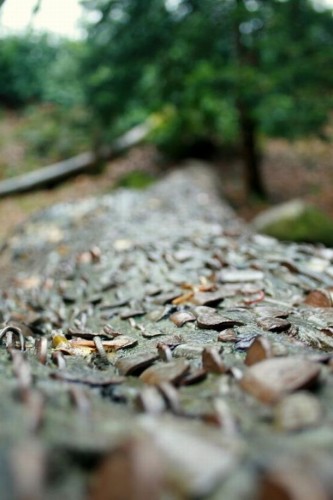
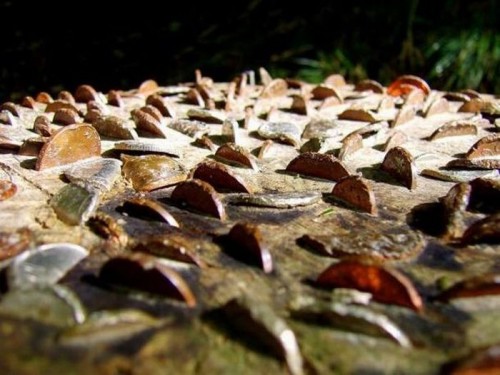
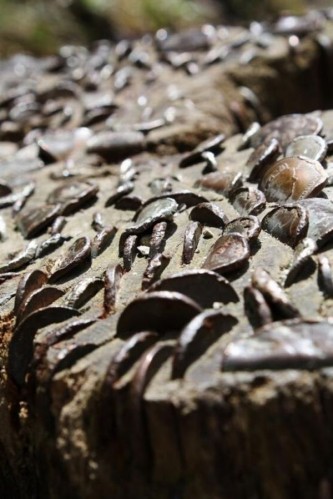
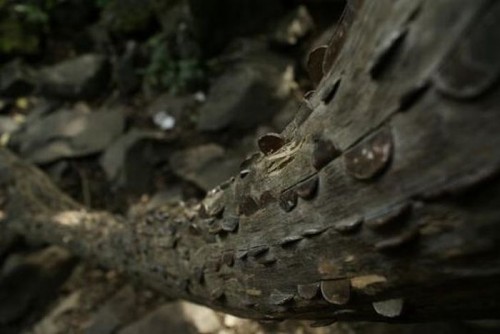
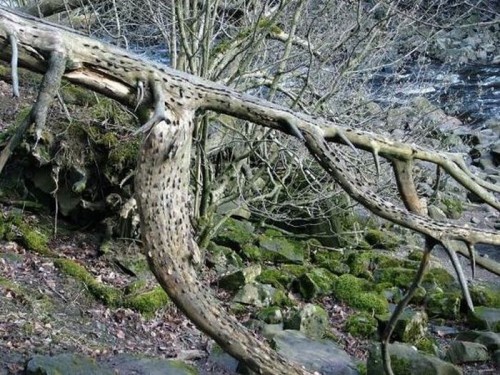
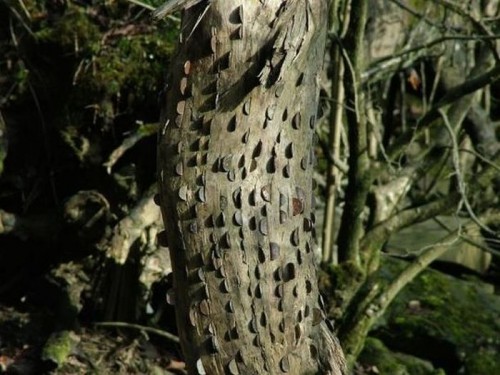
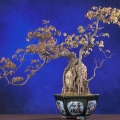 What is a Bonsai Tree ?
What is a Bonsai Tree ? Unconventional Christmas Tree in...
Unconventional Christmas Tree in...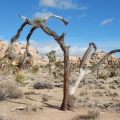 Joshua Tree National Park Photos
Joshua Tree National Park Photos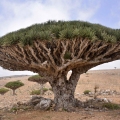 Dragons Blood Tree at Socotra Is...
Dragons Blood Tree at Socotra Is... Christmas Balls Decorate Christm...
Christmas Balls Decorate Christm... Imperial War Museum Duxford, Eng...
Imperial War Museum Duxford, Eng...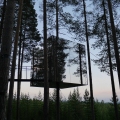 The Mirrorcube – ThreeHous...
The Mirrorcube – ThreeHous... Pro Wrestling in New England 201...
Pro Wrestling in New England 201...


